A total solar eclipse will appear from Mexico's Pacific coast at 11:07 a.m. PDT on April 8 (1:07 a.m. April 9 Hanoi time), considered the longest over land in more than a decade.
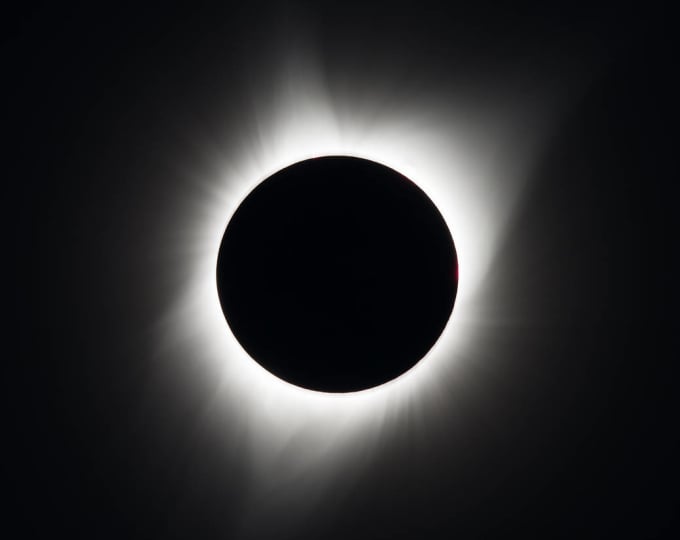
A total solar eclipse as seen from Madras, Oregon, USA, on August 21, 2017. Photo: NASA/Aubrey Gemignani
The total solar eclipse on April 8 is considered a major event and "the most impressive in hundreds of years", for many reasons.
First, the totality phase could last twice as long as the 2017 total eclipse, depending on where you're looking. It's also set to be the longest total solar eclipse over land in more than a decade.
In addition, the Sun's corona will be very large during this phenomenon. The reason is that the Sun is nearing its solar maximum - the most active time in the solar cycle, which lasts about 11 years.
The April 8 event will be the longest total solar eclipse in the United States since 1806. On the US-Mexico border, the total eclipse can be observed for up to 4 minutes and 26 seconds. This is also the darkest total solar eclipse in the United States in 217 years.
Another interesting point is that during the eclipse, viewers can observe comet 12P/Pons-Brooks.
Where can I see the solar eclipse on April 8?
The unique astronomical event on April 8 will not be visible in Vietnam. People in areas of Mexico, Canada and more than 10 US states will be able to admire the total solar eclipse. Meanwhile, the partial eclipse is expected to be visible in 49 US states if the weather is favorable.
The partial eclipse is expected to begin at 3:42 p.m. Coordinated Universal Time (UTC), or 10:42 p.m. Hanoi time. The eclipse will first appear over the South Pacific Ocean and begin its journey across North America. The Pacific coast of Mexico will be the first point of totality on the journey, expected at 6:07 p.m. UTC, or 1:07 a.m. April 9 Hanoi time.
A total solar eclipse occurs when the Moon passes between the Earth and the Sun, completely blocking the Sun from view on Earth. Observers within the path of the total eclipse will see the total phase. However, those outside the path will only see a partial eclipse. During a solar eclipse, the sky will be as dark as at sunrise or sunset.
The Moon doesn’t suddenly appear between the Earth and the Sun. Instead, the event begins with a partial eclipse, in which the Moon gradually moves to cover the Sun, making it appear as a crescent. Depending on where you are, a partial eclipse can last 70 to 80 minutes, according to NASA.
Thu Thao (According to CNN, Space )
Source link





![[Photo] Overcoming all difficulties, speeding up construction progress of Hoa Binh Hydropower Plant Expansion Project](https://vstatic.vietnam.vn/vietnam/resource/IMAGE/2025/4/12/bff04b551e98484c84d74c8faa3526e0)
![[Photo] Closing of the 11th Conference of the 13th Central Committee of the Communist Party of Vietnam](https://vstatic.vietnam.vn/vietnam/resource/IMAGE/2025/4/12/114b57fe6e9b4814a5ddfacf6dfe5b7f)



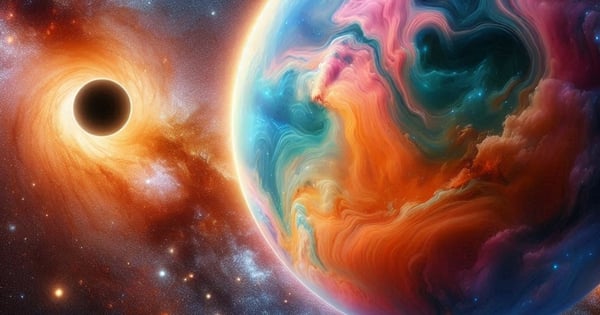

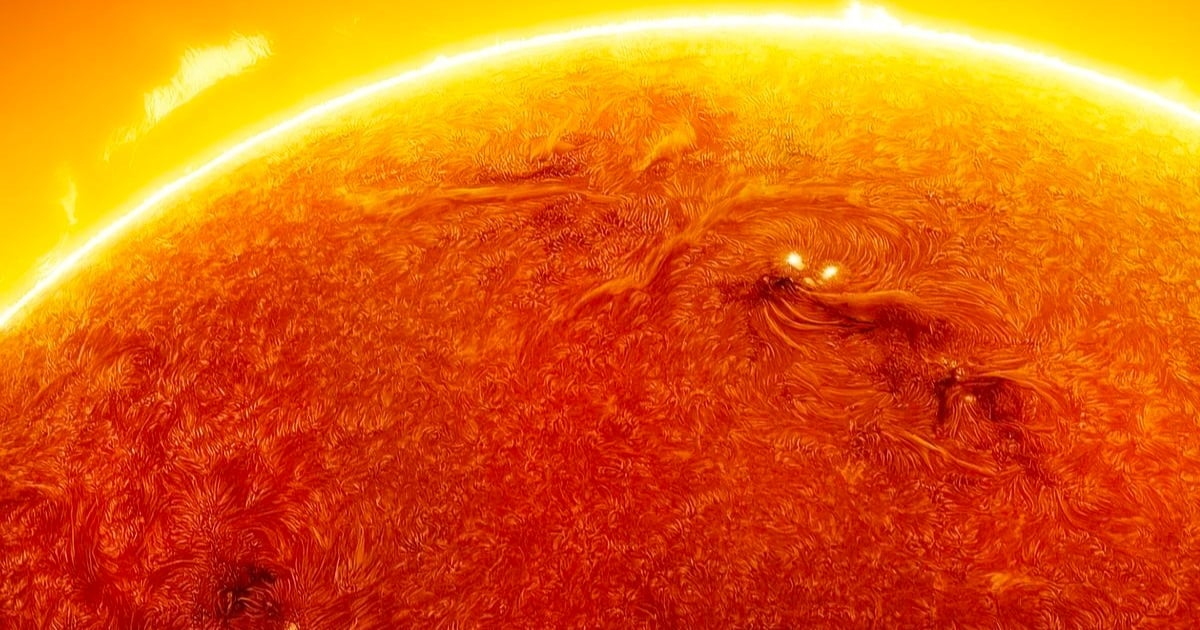

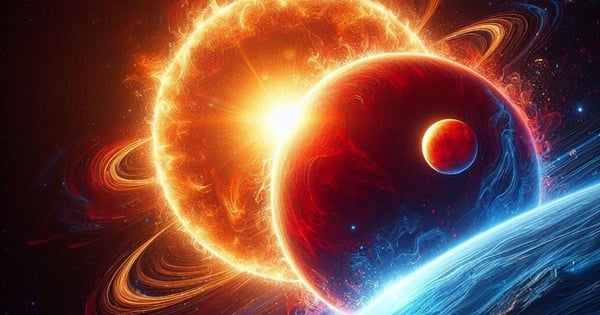
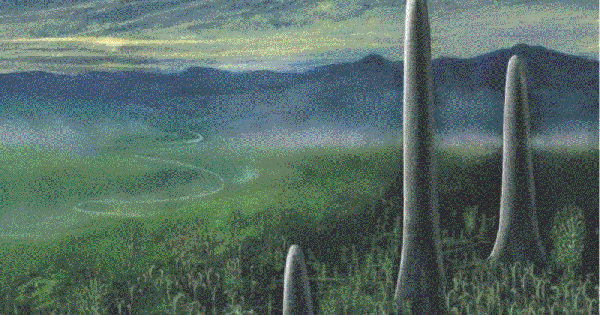
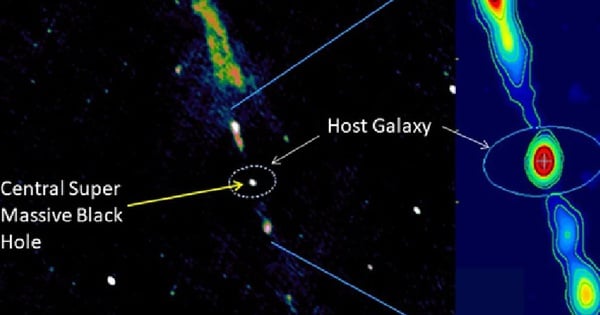





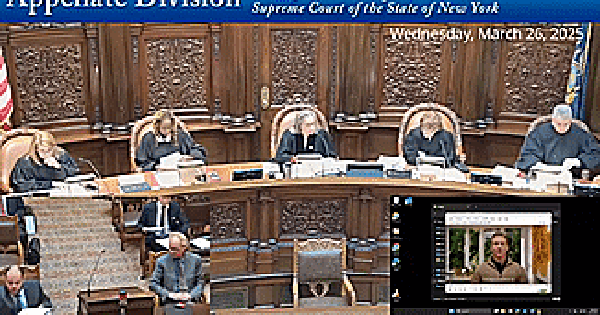























































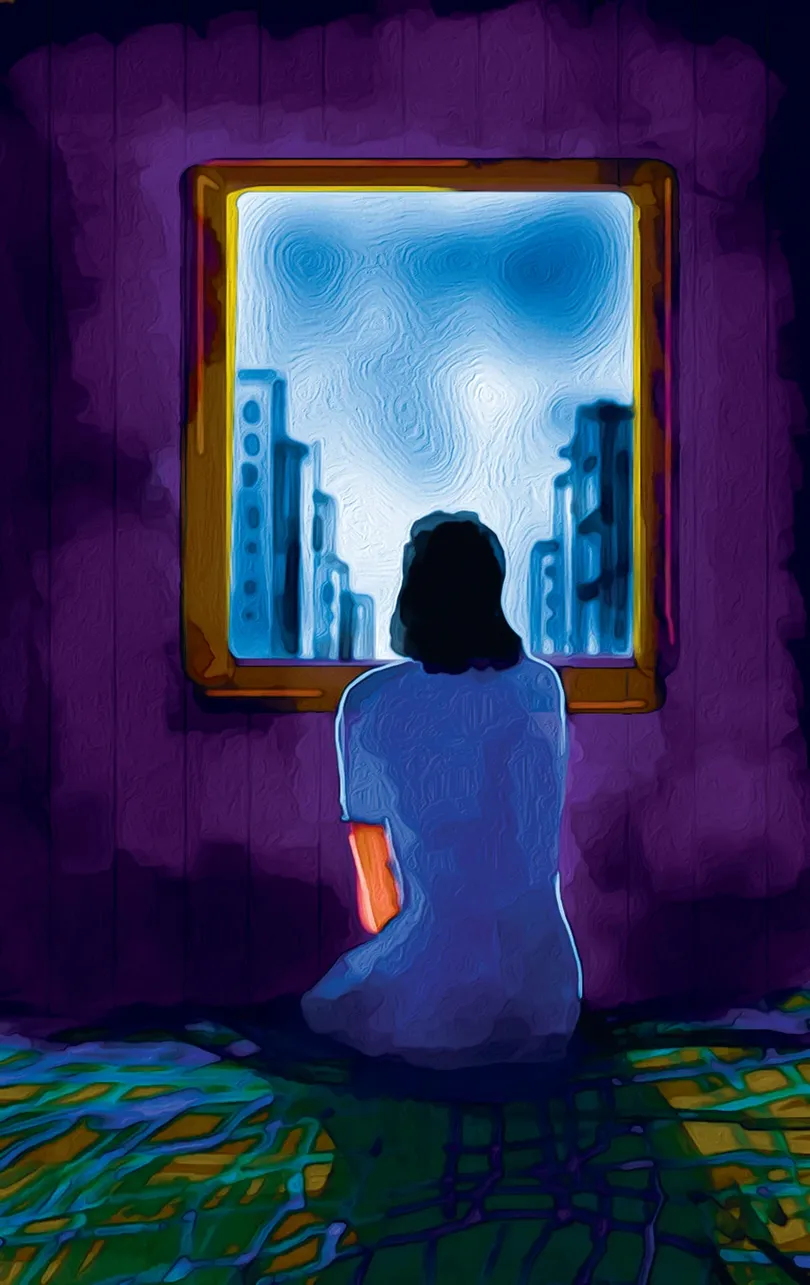















Comment (0)